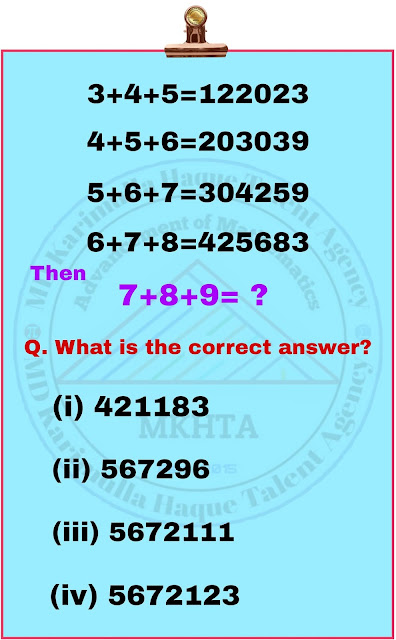How many squares are there on the chessboard?

Pic of question The answer is 204 squares. This is because you have to calculate how many 1 x 1 squares, 2 x 2 square, 3 x 3 squares and so on that are on the chessboard. These numbers end up being the square numbers: 64, 49, 36, 25, 16, 9, 4, 1 respectively. Hence, the total number of squares on the chessboard are 64+49+36+25+16+9+4+1 = 1²+2²+3²+4²+5²+6²+7²+8² = 8×9×17÷6 [∵ 1²+2²+3²+...+n² = n(n+1)(2n+1)/6 ] i.e ., 204 Answer related pic



